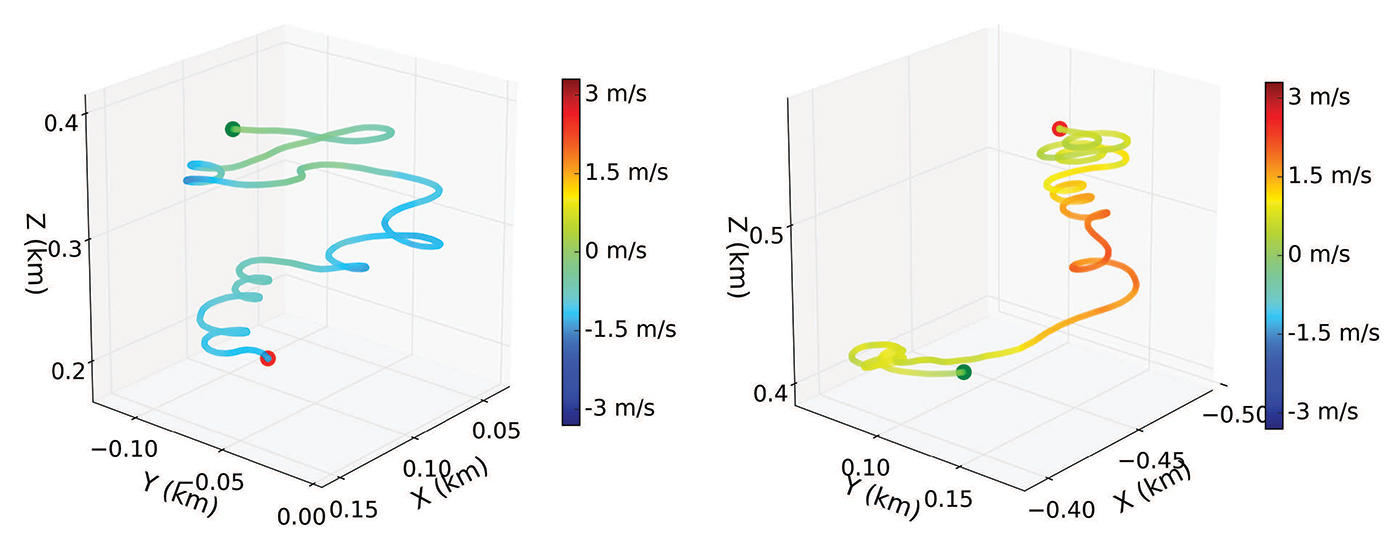Bird’s Secret To Soaring Super High
(Inside Science) -- Hitting turbulence on a flight at 30,000 feet can cause quite the bumpy ride. But birds who soar high in the sky don’t just handle bumpy air -- they seek it out for a free, energy-saving lift.
But how -- and why -- do they do that?
Ever watch a bird glide through the air effortlessly, rising higher and higher without ever flapping their wings?
They do it by using a technique called thermal soaring. Birds can find hot, rising pockets of air and use the currents to stay aloft, and fly higher. For birds who migrate thousands of miles, flapping their wings for long distances would require huge amounts of energy they don’t have. So they use thermal soaring to save energy and fly for many miles.
But the air currents are bumpy and turbulent, and exactly how birds use these wobbly gusts of air to stay airborne hasn’t always been known.
“This is one of the interesting parts with the birds, is that although the environment is extremely turbulent, so there are a lot of fluctuations in the speed of the air, they are able to navigate within this,” said Jerome Wong at the University of California, San Diego.
Taking cues from birds that learn to navigate these chaotic air environments, scientists at UC San Diego used math algorithms to train gliders to travel through complex, choppy air currents.
The graph below shows how an untrained glider that takes random turns will gradually fall, while a trained glider learns to use spiraling patterns in areas of strong rising currents, like in the thermal soaring of birds, and continues to gain altitude.
Scientists can train gliders to sense environmental cues, such as an increase in the twisting force of the wind, that indicate rising air. A trained glider uses the cues to stay within the thermal air current, and get better lift, leading to better soaring -- even when there are strong, unstable air changes.
As changing air levels rise, the glider can gain height by using flight strategies it learned. One way to do this is to “go with the flow” of the turbulent rising air, rather than turning out of it.
“We have done some experiments where we have implemented it in a real glider where we have put the algorithm, the policy [and] the strategy in the glider. We put it up and we have clearly seen that the glider was able to gain height. We went from maybe 200 meters to more than 600 quite easily in a few minutes,” said Wong.
Learning how our avian friends use air currents could help autonomous gliders and other flying vehicles be more efficient long-distance travelers.
Which means the art of riding thermals isn't just “for the birds” anymore.


